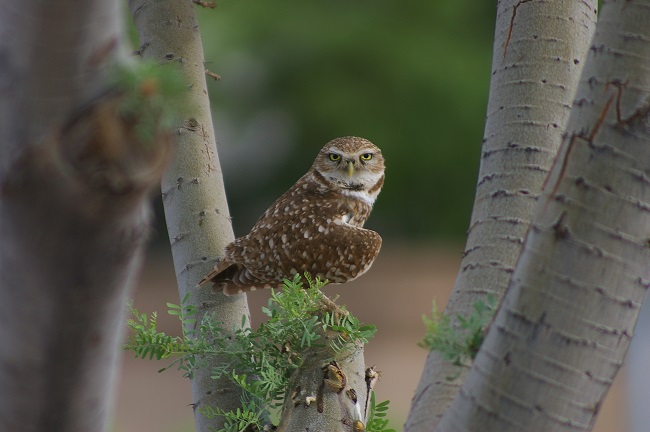
The burrowing owl (Athene cunicularia) is a small but fascinating bird species that captivates both scientists and nature enthusiasts alike. Found primarily in the Americas, from Canada to South America, these pint-sized owls are known for their unique habits, distinct characteristics, and important ecological role. In this article, we will delve into the world of the burrowing owl, exploring its role in the environment, its remarkable adaptations, and its intriguing behaviors.
Habitat and Range
Burrowing owls are highly adaptable birds that can be found in a wide range of habitats, including grasslands, deserts, agricultural fields, and urban areas. They are well distributed across the Americas, with different subspecies occupying specific regions. In North America, the western burrowing owl (Athene cunicularia hypugaea) is the most common subspecies, while the eastern burrowing owl (Athene cunicularia floridana) inhabits the southeastern United States.
Unique Burrowing Habits
One of the most distinctive features of these owls is their burrowing behavior. Burrowing owls are the only owl species known to nest underground. They are adept at digging and excavating burrows, often repurposing those abandoned by mammals like prairie dogs or ground squirrels. These burrows serve as a haven for the owls, providing protection from predators and extreme weather conditions.
Role in the Environment
Burrowing owls play a crucial role in their ecosystems, contributing to the balance of local food webs. Their primary diet consists of insects, small mammals, and occasionally small birds. By controlling populations of rodents and insects, they help maintain the health and stability of their habitats, which is especially important in agricultural areas where these pests can wreak havoc on crops.
Furthermore, burrowing owls engage in a form of “ecological engineering” by sharing their burrows with other species. These burrows often become multi-species communal homes, benefiting animals like reptiles, mammals, and insects that seek refuge in the burrows during extreme temperatures.
Distinctive Characteristics
Size: Burrowing owls are among the smallest owl species, measuring just 7 to 11 inches in length and weighing between 4 to 9 ounces.
Long Legs: They are characterized by their long legs, which are longer than those of most other owls. These long legs make them excellent runners and allow them to pursue prey on the ground.
Unique Appearance: Burrowing owls have striking facial features, including large, bright yellow eyes, a white throat with brown speckles, and a distinctive white “eyebrow” stripe.
Diurnal Behavior: Unlike most owls, which are primarily nocturnal, burrowing owls are crepuscular, meaning they are most active during dawn and dusk.
Territorial Calls: These owls are known for their diverse vocalizations, which include soft cooing sounds and sharp, high-pitched whistles used for communication within the colony.
Conservation Status
Unfortunately, burrowing owls face several threats that have led to declining populations in some areas. Habitat loss due to urbanization and agricultural expansion is a significant concern. The destruction of burrows during land development, traffic accidents, and pesticide exposure also pose significant threats to their survival.
Conservation efforts, including the protection of nesting sites and the implementation of nest boxes, are essential for maintaining stable populations of burrowing owls. Many organizations and wildlife agencies are working tirelessly to monitor and protect these charismatic birds.
Conclusion
The burrowing owl is a remarkable and enigmatic species that holds a special place in the ecosystems it inhabits. With their unique burrowing habits, distinct characteristics, and vital role in controlling pest populations, these owls have earned their place in the natural world.
Related Articles & Free Email Newsletter Sign Up
Majestic Predators of the Night: The Great Horned Owl
The Barred Owl, Also Known as the Hoot Owl Has a Distinctive Call
The Majestic Falcon: A Skilled Hunter and Guardian of Ecosystems


Comment here